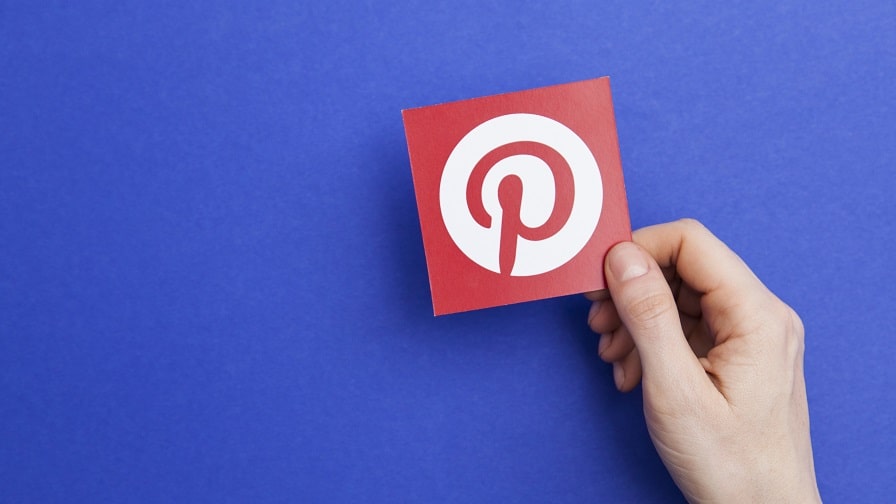Social media platform Pinterest has stepped up its advertising game by harnessing image recognition to serve ads.
The ads will show up in users’ home feed through Instant Ideas, a circle at the bottom of a pin which leads to related pins, allowing brands to display ads based on visual similarity identified with the image recognition technology, rather than just based on keywords or tagging systems.
In the future, Pinterest has suggested the tech will be compatible with products such as Lens, real-world visual search product working through a user’s camera, and Shop the Look feature.
The move enables advertisers to catch Pinterest’s 175 million users earlier on in the purchase cycle as customers search and save products, and it will eventually push them down to the moment of buying. It’s also aimed at improving user experience with more relevant advertising, unique to the Pinterest platform.
Visual search engine
Speaking of the potential for its visual search technology at TechCrunch Disrupt NY 2017, Pinterest’s president, Tim Kendall, explained the implications on advertising will be significant as the platform will be able to understand what people find appealing without the need for words.
“Think about Pinterest, we have a depth and breadth of visual signals on products and services. We’ve got all that information, we have all these Pins, and the way that people navigate those pins is very visual. We leveraged the way people actually use Pinterest,” he said.
Through its unique position as a platform showcasing products, Pinterest’s advertising offering is a new way to tap into product discovery for customers. Brands will be able to catch them in the very first moment they show interest as well as help them discover products they didn’t know they wanted or were interested in.
“We’re getting to that point now where we’ve hit parity in a lot of parameters,” Kendall commented, “So we’re starting to be able to segway into differentiation and build things that other people can’t. Or they could build it, but because of the nature of the products, this would make less sense.”

